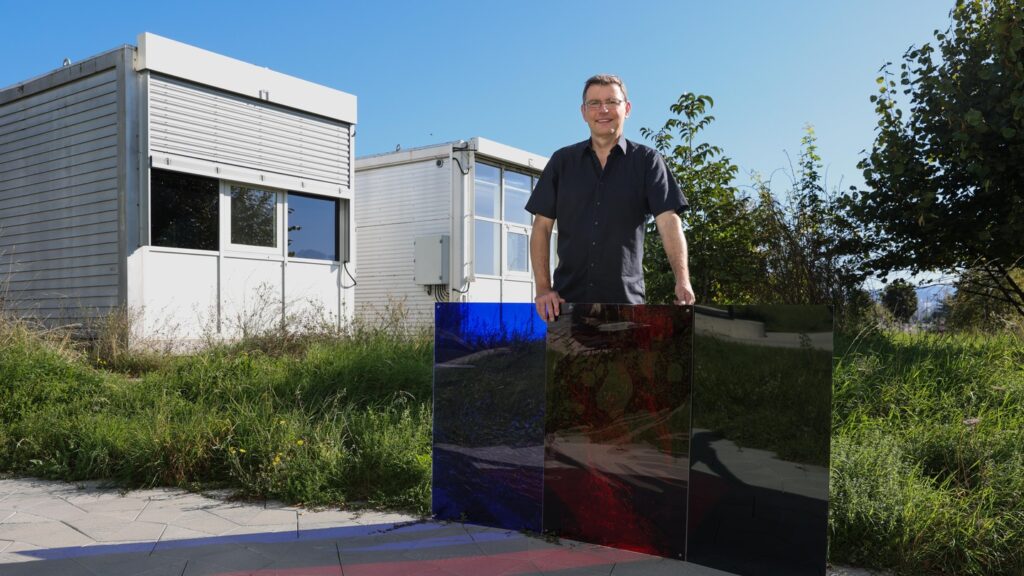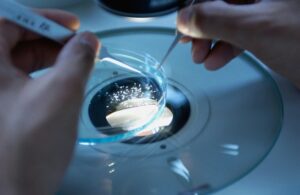
Glare from sunlight can significantly disrupt the comfort of building occupants, particularly when windows lack adequate shading. In response, new smart glazing technology is being developed to mitigate overheating during summer months and reduce glare by adjusting tint levels to limit solar radiation. Traditionally, these glazing systems transition to a blue hue when tinting.
Current assessments of light, including glare and the properties of glazing materials, are based on the “spectral sensitivity function V(λ),” a model established nearly a century ago. This function outlines the average human eye’s sensitivity to light across various wavelengths. However, a groundbreaking study by researchers at EPFL’s Laboratory of Integrated Performance in Design (LIPID) challenges this longstanding model, potentially revolutionizing current standards and practices in the field.
Red Light’s Surprising Impact on Glare
Historically, scientific consensus held that blue light was the primary cause of discomfort compared to white light of the same intensity, a belief supported by studies on LED headlights. Yet, recent findings published in Scientific Reports and funded by the Swiss National Science Foundation (SNSF) reveal that red light behaves similarly to blue light in terms of glare production.
Sneha Jain, the study’s lead author and a former member of the LIPID team, conducted experiments as part of her PhD thesis. Participants were exposed to four glare conditions—red, blue, green, and neutral—created by different color filters in a controlled daylit office environment. Both low-intensity and high-intensity daylight scenarios were tested. The unanimous feedback from participants indicated that red glazing produced the most disturbing glare, followed by blue and, to a lesser degree, green.
“The glare from red glazing was a real surprise because it contradicts the literature,” says Jan Wienold, a research and teaching associate at LIPID and the study’s principal investigator. “Our results show that current glare models aren’t fully reliable and that colorimetric methods should be used for strongly colored light sources and glazing. The photometric approach employed in today’s standards can produce deviations of more than 50% in glare estimations.”
Implications for Glazing Technology and Standards
By highlighting the unexpectedly strong glare perception caused by red light, the study’s findings could lead to advancements in smart glazing technology and improved LED systems for colored light production. The research team aims for their findings to enhance existing glare models and update current standards.
In pursuit of further understanding, Jan Wienold has initiated a new four-year, SNSF-funded study to delve deeper into this issue. This research will expand the experiments to include other colors and incorporate additional experimental methods to quantify the observed effects.
Looking Forward
The discovery that red light can cause significant glare challenges established norms and opens new avenues for research and development in lighting and glazing technologies. As the new study progresses, it could inform the design of more effective glare reduction solutions and influence the future of building design and lighting systems. The ongoing research at EPFL promises to provide deeper insights into the complexities of light perception and its impact on human comfort.
As the field evolves, industry professionals and researchers alike will be watching closely to see how these findings might reshape the standards and practices that have guided lighting and glazing technologies for decades.






